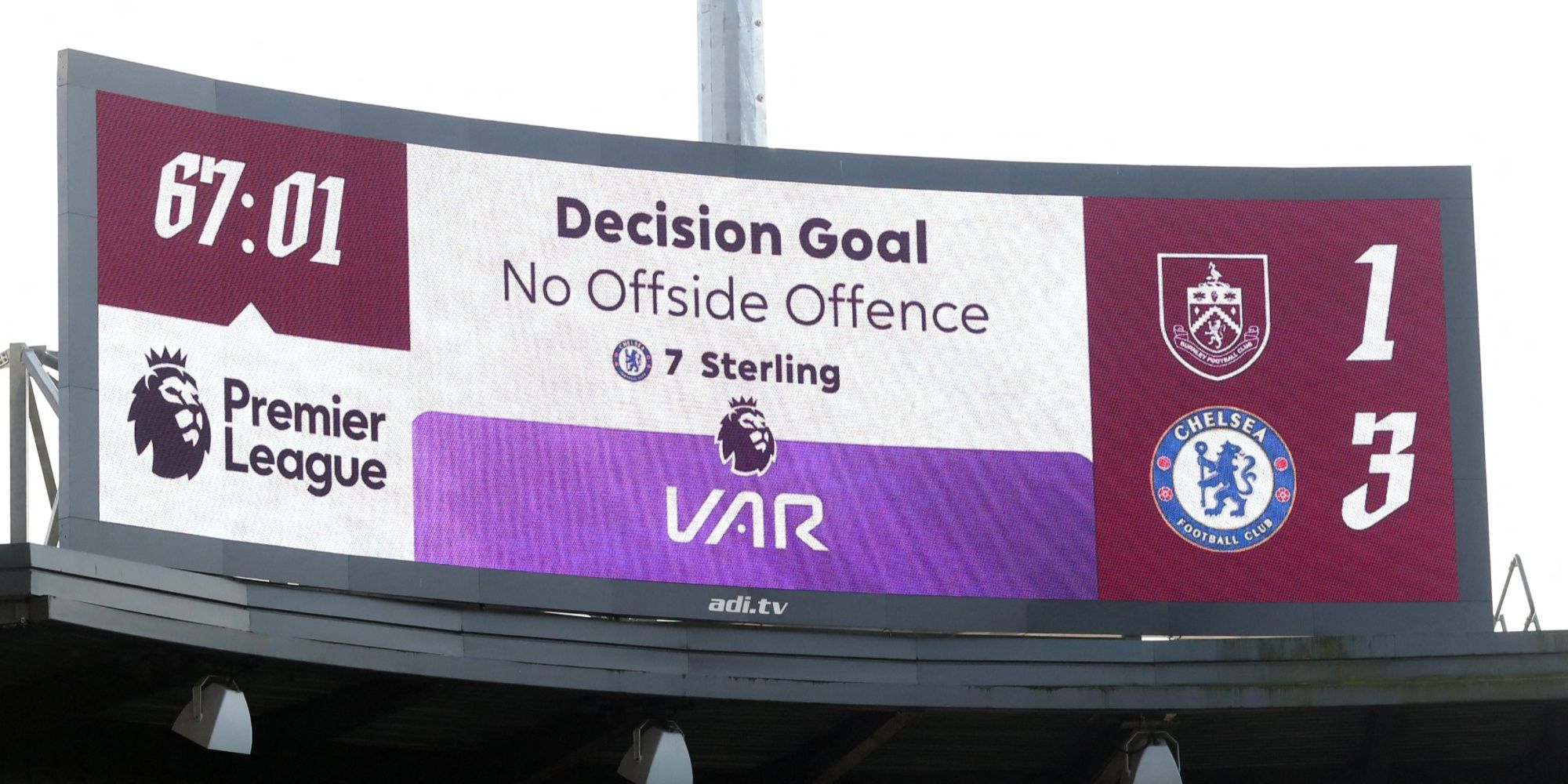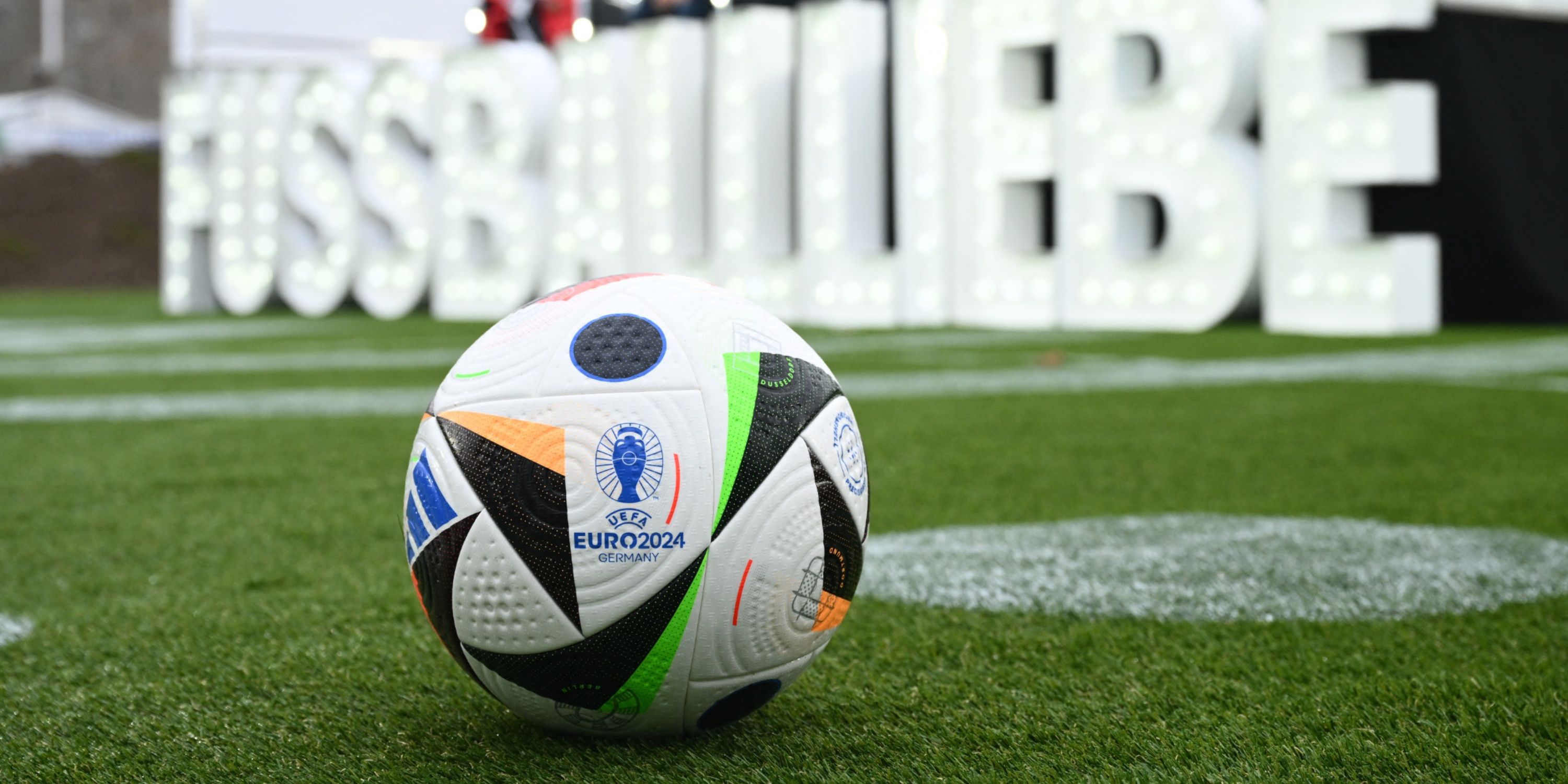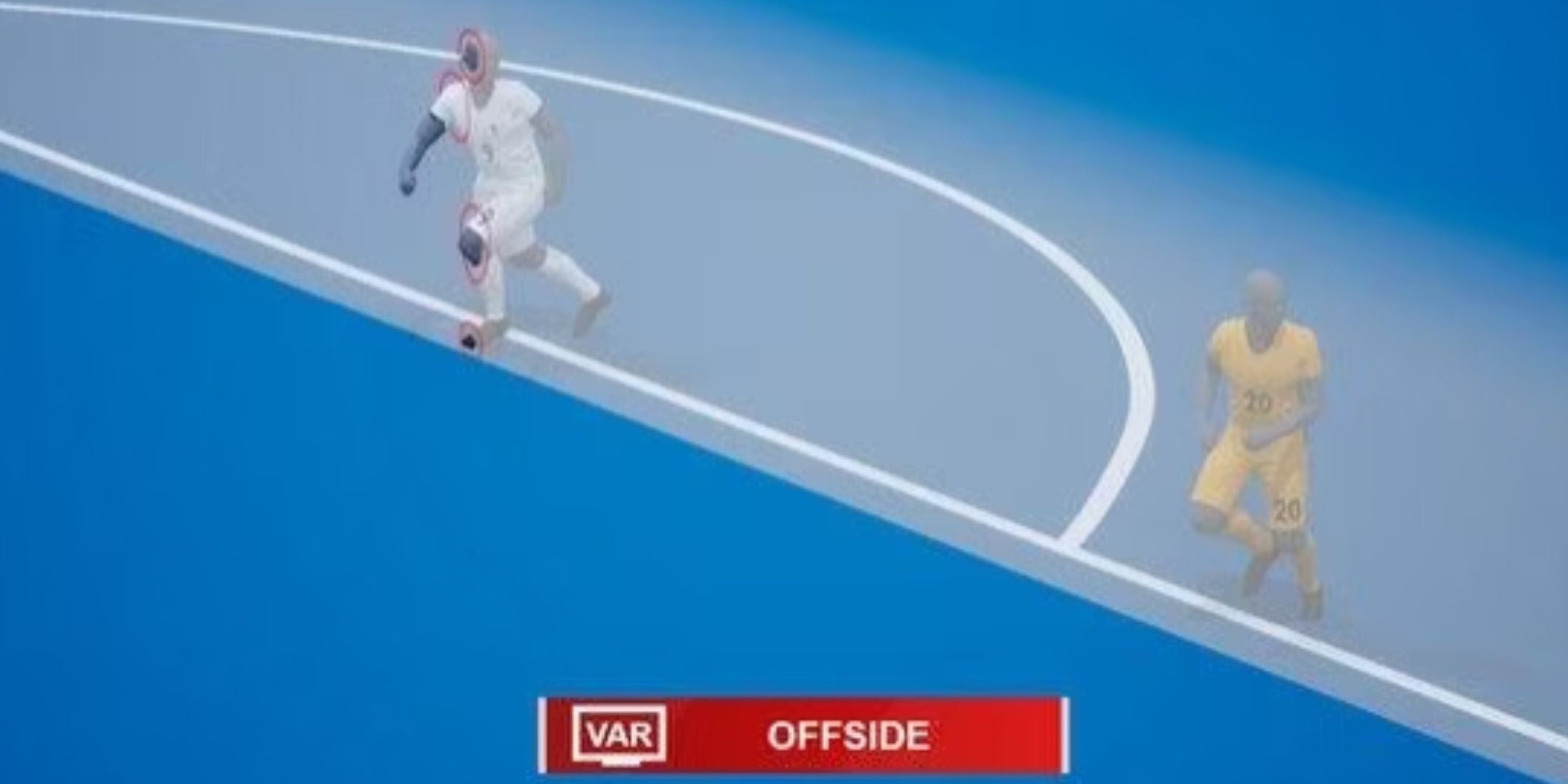
Highlights
- UEFA have introduced the official Euro 2024 ball with technology to speed up VAR offside decisions.
- The Adidas Fussballliebe ball aims to reduce the length of time it takes to make a decision – offside decisions average 25 seconds, down from 70 seconds.
- GIVEMESPORT provides a breakdown of how VAR will be used at Euro 2024, and how it will be different to the way the Premier League utilises it.
VAR is regularly a topic of debate in the world of football. UEFA hope to alleviate the tension for Euro 2024 with the official tournament ball, providing the officials with some much-needed help. UEFA is introducing connected technology into the Adidas Fussballliebe ball (meaning ‘love of football’) for Euro 2024 to improve the accuracy of semi-automated offside VAR decisions. As well as providing additional tracking data for players.
Euro 2024: Dates, venues, qualifying groups and tickets
Everything you need to know as we approach Euro 2024.
The Euro 2024 ball made by Adidas contains cutting-edge technology that will help reduce the time VAR officials take to make offside decisions. Over the last few seasons, offside decisions in the Premier League have led to an agonising wait for VAR to conclude. Thankfully, with the technology in the Fussballliebe, that will not be the case in Euro 2024.
|
Average VAR Time For Offside Decisions – Premier League vs Euro 2024 |
|
|---|---|
|
Premier League |
70 seconds |
|
Euro 2024 |
25 seconds |

How to watch Euro 2024 on TV this summer
How to watch Euro 2024, with information on which broadcasters are showing the games, as well as kick-off times, TV channels, live stream and more.
VAR has had a huge impact on football since its introduction during the 2018 FIFA World Cup. While it is intended to improve the accuracy of decisions, VAR hasn’t always run smoothly in football, with a series of controversial decisions being made since its introduction to the sport. A common issue is the subjective nature of interpretations, which regularly lead to debate among match officials, and can result in inconsistent decisions.
The handball rule is a prime example of how some decisions are subjective and differ due to each match official’s interpretation of the law. There have been changes made to the rules in recent seasons to make decisions more consistent across the board. The feeling of unknown for supporters in attendance has been a cause for concern in terms of VAR, with fans left in the dark about what is being decided at the VAR control room. There have been calls for clearer communication to be made to the supporters in attendance to prevent the feeling of the unknown. This is going to be improved by football’s lawmakers, IFAB, allowing referees to explain VAR decisions to the supporters during a game. This will be introduced to the Premier League during the 2024/25 campaign.
How VAR was used at Euro 2020
VAR and the officiating in general during Euro 2020 was significant, with match officials seen to be letting the games flow a lot more while the number of fouls were down compared to Euro 2016. Statistics released by UEFA show how the officiating during the tournaments’ group stage changed. There were fewer yellow cards than in the previous tournament, with 98 compared to 129. Roberto Rosetti, UEFA’s chief of refereeing argued that the way VAR operated in Euro 2020 is how it was always supposed to work, as an aid to the officials, not an additional referee. Rosetti said at the time:
“The objective is to intervene for clear and obvious mistakes – minimum interference for maximum benefit. We need to find the correct balance in relation to VAR intervention because our target is to keep football like this.”
VAR was less of an interference in Euro 2020, and as a result, so were the referees. This is backed up by the willingness of match officials to let each game flow. Players going down too easily were waved to get back on their feet, and their calls for a cheap free-kick were in vain. UEFA will hope that the officiating in Euro 2024 is as positive.
|
VAR Decisions at Euro 2020 |
|
|---|---|
|
VAR Decisions |
Total |
|
Total VAR Overturns |
18 |
|
Frequency |
An overturn every 2.83 games |
|
Leading to Goals |
5 |
|
Penalties Awarded |
6 (4 missed) |
|
Goals Awarded After Offside |
3 |
|
Goals Ruled Out For Offside |
6 |
|
Goals Ruled Out For Handball |
1 |
|
Red Cards |
2 |
How VAR will be different in Euro 2024
FIFA used the same technology in the 2022 World Cup. The connected technology was used in the Adidas Al Rihla ball. There were various examples showing how well the technology works, one being that it was able to conclusively prove that Cristiano Ronaldo did not make any contact with the ball for Portugal’s opening goal against Uruguay.
Semi-automated offsides have the potential to change VAR for the better, and if the technology proves once again how smoothly it is operated in another major tournament, it would not be a surprise to see the Premier League implement it in the future, with a vote expected to be held in March 2024 following a series of trials. Serie A is the only major league to use semi-automated technology, but with a slight difference in that, they do not use a chipped ball and use artificial intelligence (AI) to help detect the point of contact of the ball for an offside call. The same system is used in the UEFA Champions League. La Liga has confirmed it plans to use the technology from the 2024/25 campaign.
Semi-automated offsides use several cameras on the stadium roof to track the 22 players on the pitch and map their position. This means the VAR officials do not have to manually draw lines for an offside decision. There is also a sensor in the Adidas ball which records data 500 times a second to detect when the ball has been kicked by a player. The technology intends to be quicker, more accurate and to provide a 3D image of the decision. Providing a 3D graphic makes it clearer for viewers at home and those in attendance to better understand the decision being made by the match officials, resulting in less confusion in the stands.
How VAR differs in the Premier League
As opposed to the likes of Serie A and the UEFA Champions League, the Premier League do not have chips in their official matchday balls or use AI in their system. Instead, the Premier League VAR officials rely on manually drawing lines when it comes to offside calls, which can lead to human error, and the wrong decision being made.
Bizarrely, given the amount of controversial decisions England’s top flight has seen over the years, the Premier League rejected a proposal to introduce the technology ahead of the 2023/24 campaign, after they were unconvinced about it being the right time to implement it. The semi-automated offside technology would not have prevented the wrongly disallowed goal for Liverpool against Tottenham Hotspur in September 2023, as this was down to a communication error between the officials.
However, having the technology to track the ball would have helped VAR decide on Anthony Gordon’s positioning for his winning goal against Arsenal in November 2023. The technology would also have helped clearly identify whether the ball had gone out of play in the build-up to Gordon’s goal for Newcastle. However, due to the inconclusive evidence provided by the current VAR system in place in the Premier League, the officials were unable to rule the goal out.
|
Competition |
Technology Used |
Difference |
|---|---|---|
|
Premier League |
Manual VAR |
|
|
EURO 2024 |
Semi-automated technology |
|
What the future holds for VAR
The improved communication for the supporters in attendance, and the potential for semi-automated technology to be used across Europe’s top leagues, will improve VAR’s reputation, and will help prevent incorredct decisions from being made regularly. More consistency in making accurate decisions will naturally lead to fewer people being critical of the technology, or those in control of it.
The use of further technology in VAR, such as additional cameras tracking the players on the pitch, and the chip in the ball tracking the point of contact will reduce the human error element of the technology, thus resulting in fewer controversies. The future of decision-making in football and the use of VAR will be made easier with simpler laws implemented to make decisions less subjective and give the match officials a clear idea of whether to give a certain call.
Football’s lawmakers intend to make the use of VAR as efficient and easy as possible for it to run smoother in the future. Should the Premier League clubs vote for semi-automated technology to be implemented ahead of the 2024/25 campaign, the subjective nature of some decisions in England’s top flight will be considerably reduced. If the technology is not passed in favour of being implemented in the Premier League ahead of the 2024/25 season, it would only be a matter of time before it does come into force to prevent any further inconsistent decisions from being made in a league that is seen by many as the best in the world.





Leave a Reply